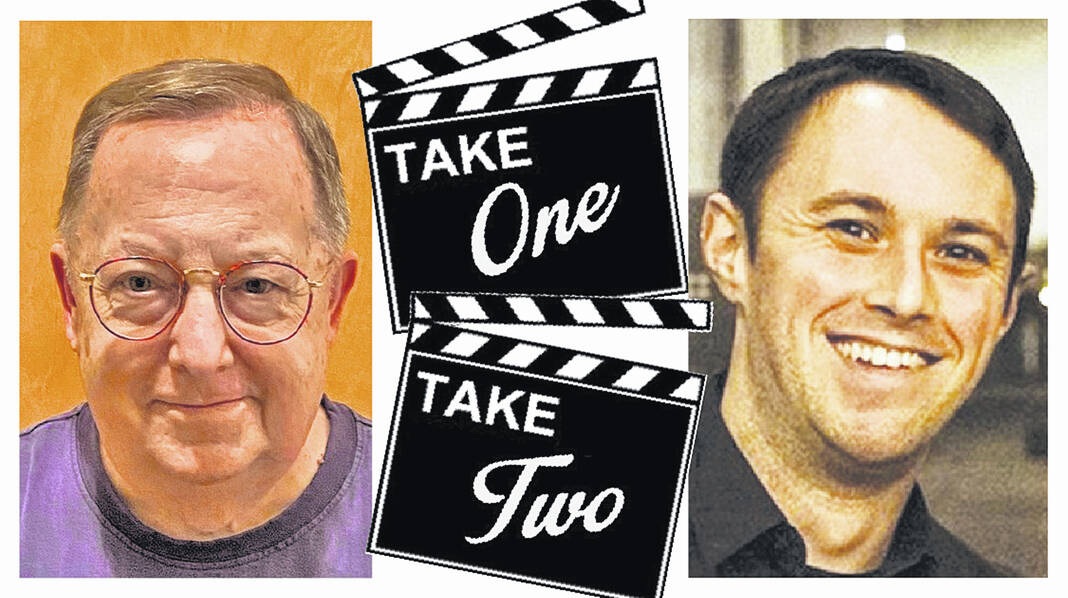
How do you prepare a movie audience for what they are about to see? A bomb on the underside of a car, a dramatic revelation after an icy slap, or a tender love scene between two strangers at a bar?
Filmmakers say it with music.
Before the introduction of sound films, theaters accompanied silents with music. In small-town theaters it might be a single piano player. In larger cities, theater owners often bought Wurlitzer organs (built in Cincinnati) that included sound effects. And some of the largest theaters in New York, Chicago and other metropolitan areas used small orchestras for their premiere showings of large-scale productions.
So, what role does music have in making a movie a success? Maybe the biggest role of all…
Take One
A history lesson: the earliest “talking” pictures had lots of dialogue with a few moments of music usually for montage scenes or transitions. But something was missing.
It took one man, an immigrant composer from Austria, to create a musical blueprint that has evolved and expanded over the past 95 years. That man was Max Steiner. Born in 1888, he came to America penniless during World War I, and eventually found work on Broadway as a music arranger and composer. His music was “discovered” by David O. Selznick, who offered him a contract with RKO Studios.
Steiner’s radical idea to have music playing in the background during scenes of dialogue and to engage the audience in anticipation of exciting action sequences was revolutionary. He worked for RKO Studio for eight years (1929-37) followed by 16 years with Warner Brothers and another decade as a freelancer.
Steiner composed film scores for over a remarkable 300 movies in a 35-year career. No other film composer has been so prolific. That’s one new film score every six weeks. His scores were nominated 24 times for Academy Awards, and he won Oscars for “The Informer” (1935), “Now Voyager”(1942) and “Since You Went Away”(1944). His score for “King Kong”(1933) is considered to be a watershed moment in film history. The first half of the film is music free but when the adventurers arrive at Skull Island, the music creates tension and dread. Later in the film, Steiner’s score bridges fantasy and reality to spur compassion for the ill-fated beast.
Steiner’s grandest (and most recognizable) score was for Margaret Mitchell’s historical epic “Gone With The Wind”(1939). He also composed the score for “Casablanca” (1942), “The Searchers” (1956) and had a huge popular hit with his theme from “A Summer Place” (1959).
There’s a documentary on Steiner’s career called “Max Steiner: Maestro of Movie Music” (2021) available on TCM and Amazon.
Take Two
The composer giveth, but the editor may taketh away.
There are plenty of reasons for a filmmaker to opt for a movie score, but there are also a good many filmmakers who opt not to include one. How can it be that — not having music is unnerving.
The answer is that Max Steiner’s work was so spot on in engaging the audience, that he normalized it for all future audiences. Nowadays we expect there to be a soundtrack because there is always a soundtrack – well, maybe not always.
One of the most overlooked movies of the 1980s is Sidney Lumet’s 1982 powerhouse drama “The Verdict.” The film has a musical score — a notable one at that — but there are also vast expanses of the film’s dramatic scenes that take place in silence, or with repetitive sound effects that mimic the effects of a movie score.
In one particularly moving sequence, Paul Newman’s character sits with one of his clients, a woman in a coma, and the sound of her respirator accompanies a closeup of Newman’s face, enabling the jarring sound effects to convey much more than any musical score could.
In 2007, the Best Picture Oscar went to Joel and Ethan Coen’s “No Country for Old Men.” An adaptation of a Cormac McCarthy novel about a hardscrabble lawman in the contemporary West (another remarkable performance by Tommy Lee Jones) who is in pursuit of a shockingly violent killer (Oscar-winner Javier Bardem), the film uses silence to build narrative tension and escalate the senselessness of the killer’s crimes. There is a very subtle score that runs throughout the more lurid sequences, but it more resembles a dull hum than anything melodic or evocative. The film’s final credit’s play out over the sound of a gently ticking clock.
Oscar-winning Russian filmmaker Andrei Zvyagintsev (a longtime Putin critic, who has been exiled in Germany), has always been frugal with his cinematic effects, but his 2017 film “Loveless” takes this code further. There is a very sparse and evocative piano composition which plays only twice in over two hours of screen time. In between are vast expanses of silence that convey the chilly climate of government bureaucracy in contemporary Russia. When the piano does show up, it conveys humanity and heartbreak — the only moments of tenderness in a dark world.
(This column is written jointly by a baby boomer, Denny Parish, and a millennial, Carson Parish, who also happen to be father and son.)

